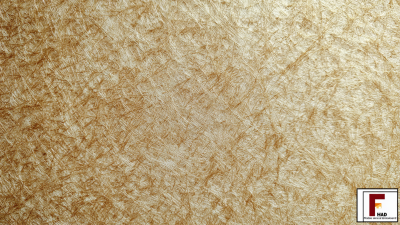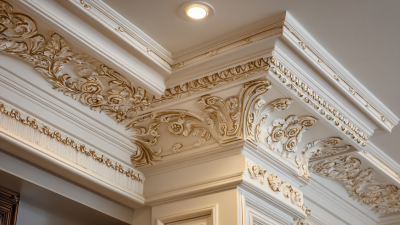When embarking on outdoor projects, selecting the right materials is crucial, particularly when it comes to choosing waterproof wood. According to the U.S. Forest Service, untreated wood can absorb moisture, leading to decay and structural damage, which emphasizes the necessity for waterproof solutions designed to withstand the elements. A comprehensive study by the Forest Products Laboratory revealed that certain species of wood, including Western Red Cedar and Redwood, show significant resistance to moisture and insect damage, making them ideal candidates for outdoor applications. Furthermore, industry standards such as AWPA (American Wood Protection Association) guidelines provide essential ratings for durability, ensuring that the chosen wood not only meets aesthetic needs but also offers longevity against weather-induced wear. Therefore, understanding these factors and the specifics of waterproof wood can greatly enhance the durability and life span of your outdoor projects while adhering to established industry criteria.
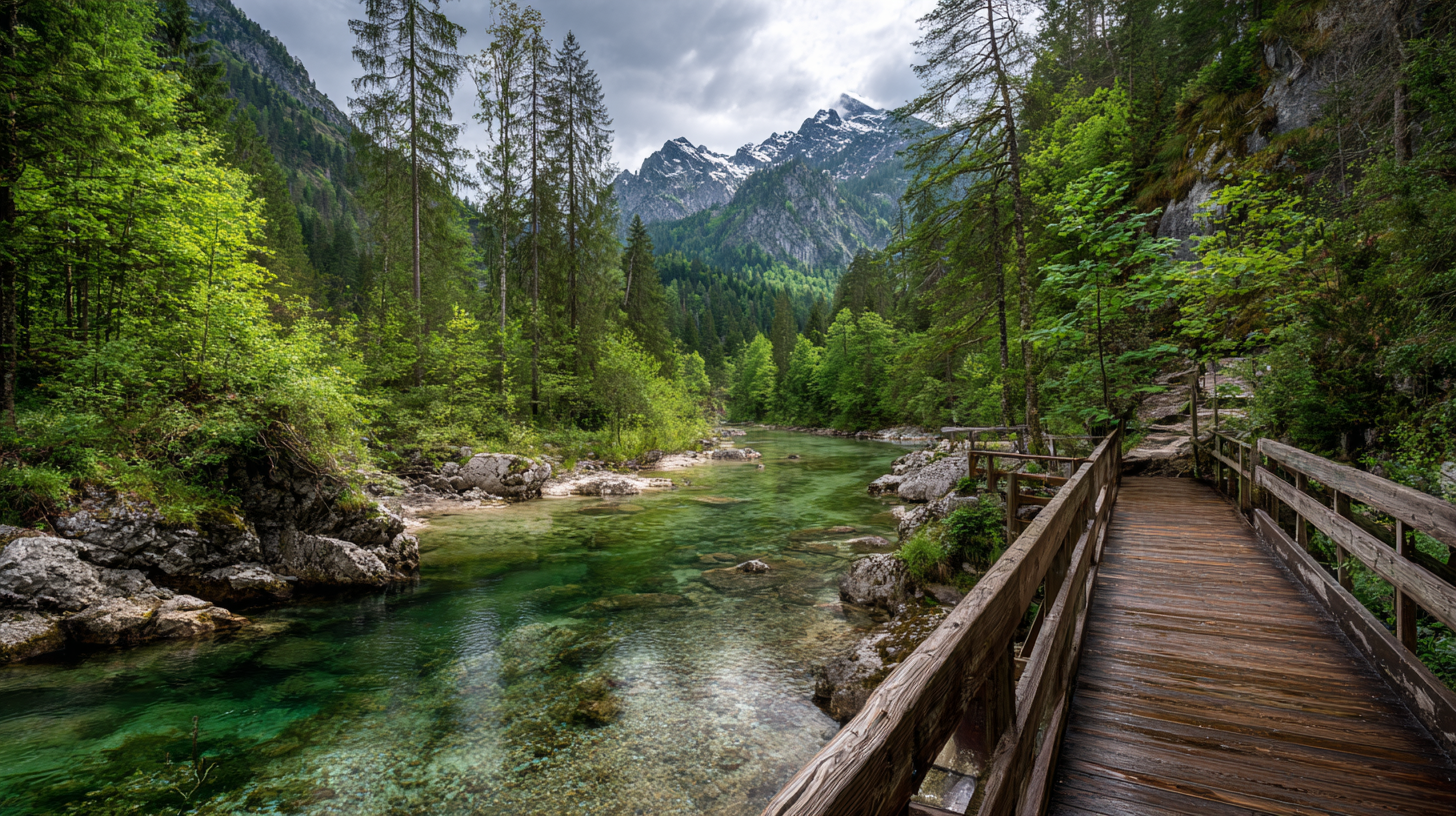
When selecting waterproof wood for outdoor projects, it's essential to understand the industry standards that govern material performance and durability. According to recent findings, wood used in outdoor applications must meet specific criteria to resist moisture, decay, and insect damage. The American Wood Protection Association (AWPA) sets guidelines that specify treatment processes and the types of preservatives suitable for various environments, ensuring the longevity of wooden structures like decks and balconies.
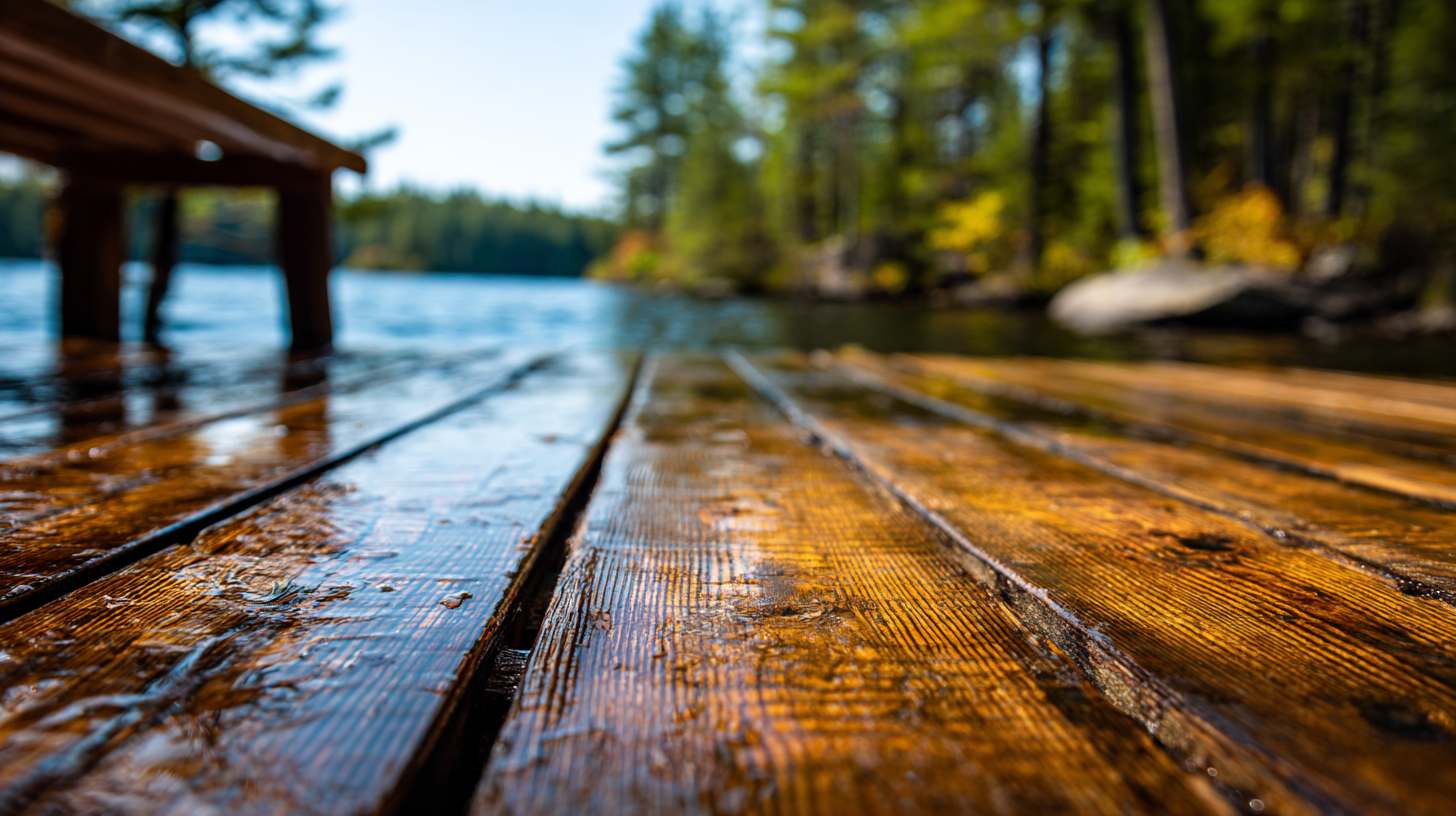
Recent research highlighted in a guide on best practices for balcony and deck construction emphasizes the importance of choosing materials that comply with these industry standards. For instance, the durability ratings assigned to different wood types reflect their resistance to fluctuating weather conditions. Treatments that enhance waterproof qualities, such as pressure treatment or natural oils, are essential for maximizing lifespan.
Moreover, as trends in sustainable building materials evolve, the demand for eco-friendly and high-performance wood alternatives is increasing. Reports indicate that innovations in wood treatment and preservation are leading to advancements that not only comply with traditional standards but also cater to the emerging need for sustainability, making it easier for builders to choose materials that are both durable and environmentally responsible.
When selecting waterproof wood for outdoor projects, evaluating durability ratings is essential for ensuring long-term performance. One key metric to consider is the wood's resistance to moisture, which can significantly affect its structural integrity. Woods that are naturally resistant to rot, such as cedar and redwood, often receive higher ratings due to their ability to withstand wet conditions without deteriorating. Additionally, the presentation of treatment processes, such as pressure washing or chemical treatments, can enhance a wood's resilience against moisture, thereby improving its rating.
Another critical aspect to examine is the wood's resistance to pests and weather-related damage. Durability ratings often include assessments of how well a wood species can fend off insects, such as termites, and withstand extreme weather conditions such as UV exposure and freezing temperatures. Understanding these metrics helps in making informed decisions about which wood species or treatments to choose for a specific outdoor application, ultimately leading to more successful and lasting projects in various environmental conditions.
| Wood Type | Durability Rating | Water Resistance | Use Case |
|---|---|---|---|
| Cedar | High | Excellent | Decking, Fencing |
| Redwood | Very High | Excellent | Outdoor Furniture, Decking |
| Pressure-Treated Pine | Moderate | Good | Decks, Landscaping |
| Ipe | Very High | Exceptional | High-End Decks, Boardwalks |
| Teak | High | Excellent | Outdoor Furniture, Boats |
When embarking on outdoor projects, selecting the right waterproof wood species is crucial to ensure longevity and performance. According to the American Wood Council, common species like Western Red Cedar, Cypress, and Teak have shown exceptional durability ratings, typically classified by the American Society for Testing and Materials (ASTM). For instance, Western Red Cedar has a natural resistance to moisture and pests, boasting a durability class of 2, making it ideal for outdoor applications. In contrast, Teak, known for its high oil content, ranks even higher in durability, with a class rating of 1, providing unmatched resistance to water and decay.
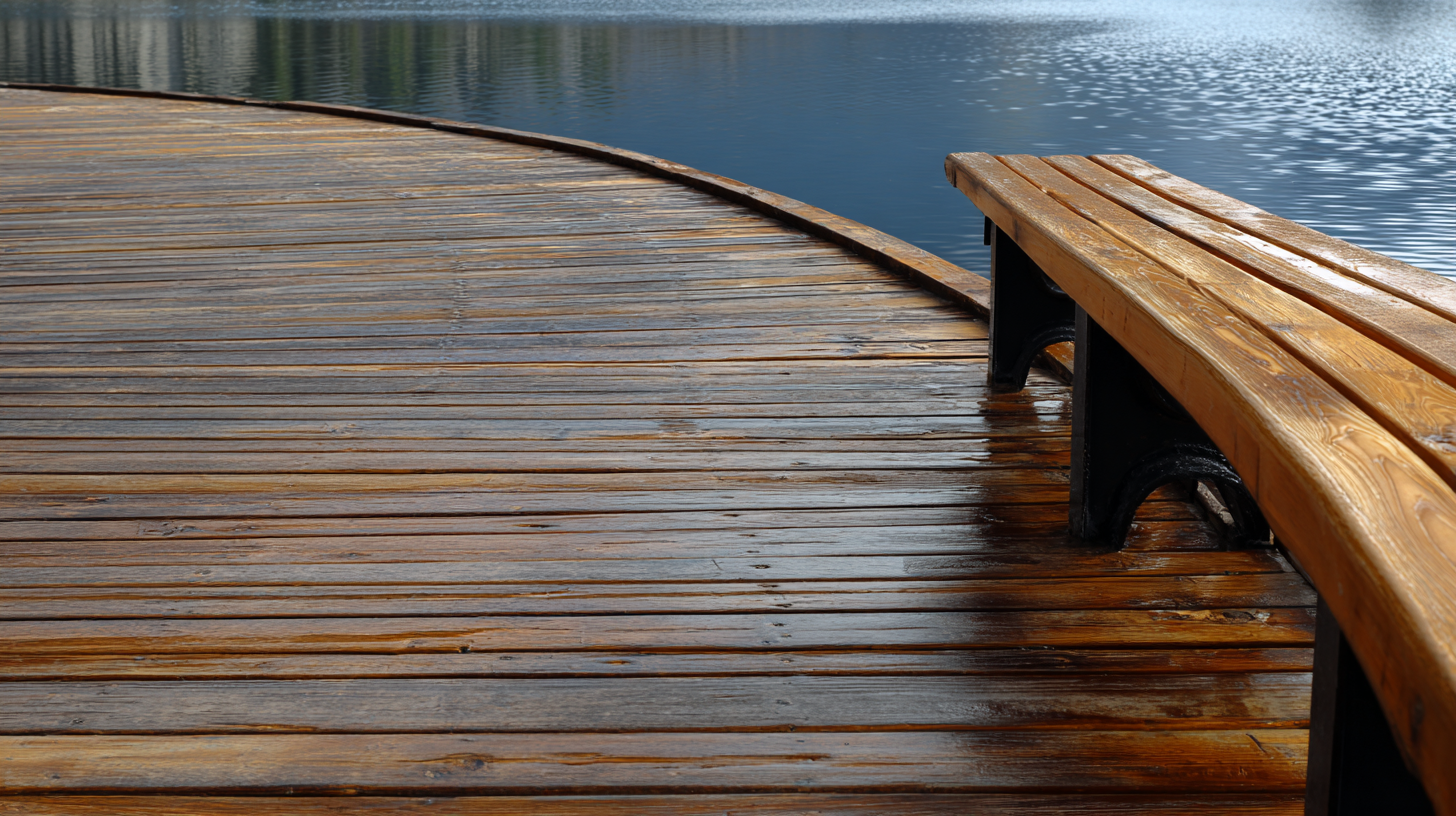
A comparative analysis reveals that while pressure-treated pine is a cost-effective option, its longevity is significantly lower, often requiring replacement within 10-15 years depending on environmental factors. Studies conducted by the Forest Products Laboratory indicated that untreated species can deteriorate rapidly in wet conditions, while naturally durable woods like Cypress can last upwards of 25 years. When considering waterproof wood for outdoor projects, understanding these durability ratings and species characteristics can guide consumers toward making informed and lasting choices for their landscaping or construction needs.
When selecting waterproof wood for outdoor projects, understanding the role of coatings and treatments is essential. Natural wood possesses inherent qualities that can be enhanced to improve water resistance significantly. Applying a high-quality sealant or waterproof finish not only fortifies the wood against moisture ingress but also prolongs its lifespan by preventing decay and rot. Products such as polyurethane or marine-grade varnish create a formidable barrier, effectively shielding the wood from rain and humidity.
In addition to sealants, treatments like pressure treating or acetylation can modify the wood's cellular structure, making it more resistant to water damage. Pressure-treating infuses the wood with chemicals that enhance its rot-resistance, while acetylation alters the wood's composition, reducing its affinity for water absorption. Combining these treatments with proper maintenance—like reapplication of finishes and routine inspections—ensures that outdoor wooden projects remain durable and visually appealing. Understanding these options helps enhance wood’s natural waterproof properties, enabling better decision-making for long-lasting outdoor constructions.
This chart displays the durability ratings of various types of waterproof wood commonly used in outdoor projects. A higher rating indicates better resistance against moisture and weather conditions.
When it comes to maintaining waterproof wood in outdoor settings, regular upkeep is essential to prolonging its lifespan and preserving its appearance. One of the first steps is to clean the wood surface periodically to remove dirt, mold, and mildew. Use a gentle cleanser designed for wood, along with a soft brush, to avoid damaging the surface. This regular cleaning routine helps prevent the build-up of grime that can compromise the integrity of the waterproofing treatment.
Additionally, applying a protective sealant is crucial for outdoor wood maintenance. Depending on the type of wood and environment, it’s advisable to reapply the sealant every one to three years. Look for a sealant specifically labeled as waterproof to enhance the wood's resistance to moisture. Beyond the sealant, it's also important to check for any signs of wear or damage, such as cracks or peeling areas, and address these issues promptly. Ensuring proper drainage around wooden structures, like decks or furniture, can further minimize water accumulation and protect the wood from potential rot or deterioration. These practical maintenance tips will help keep your waterproof wood projects looking great and functioning well for years to come.




